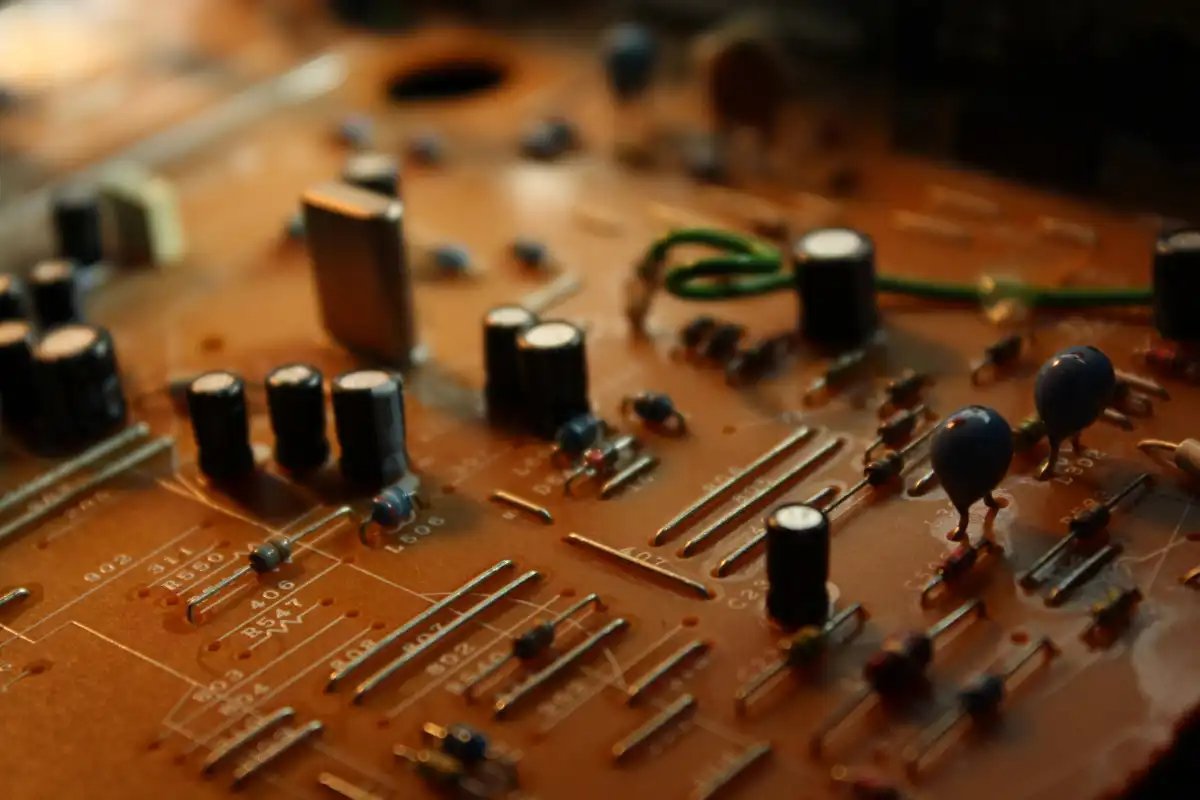Modern technology presents both opportunities and dangers. Artificial intelligence (AI), in particular, frightens and fascinates us with its uncanny ability to recreate human intelligence. One area where this is especially apparent is AI's capacity to generate images that appear eerily human-like or incredibly realistic.
A recent development in the field of AI is the use of machine learning algorithms to generate realistic images. These algorithms often rely on a vast data set of images to draw from for inspiration, resulting in artificial creations that can be almost indistinguishable from real-life art.
But, as we move further into the age of AI, artists are beginning to see their work being used without their consent. And with the advent of machine learning, there's an alarming possibility of their art essentially being duplicated and reproduced an infinite number of times.

As a result, some artists are fighting back. They're using a tactic called 'data poisoning' where they strategically sabotage their own work. This act of defiance attempts to render these images useless for AI's learning purposes.
The method at the heart of data poisoning involves the artist making slight alterations to their artwork that are barely detectable to the human eye. It could be a mispositioned pixel or a subtly altered color. Regardless, it's enough to throw off the AI’s accuracy when it incorporates the altered image into its data set.
The distorted images force AI to learn incorrectly. It's like being taught that a cat has six legs. As the AI's understanding of a 'correct' image becomes skewed, its ability to successfully generate realistic images decreases.
Data poisoning, therefore, not only fights against the unethical use of artistic work, but it also undermines the ability of AI technology to replicate art altogether. It's a form of rebellion, a stand for the protection of the artistic integrity, and a protest against the invasion of AI in the world of art.
The goal is to retain human primacy in an era where machines threaten to steal creativity and individuality. This act goes beyond attempting to protect one's work. It underscores the belief that art - in its truest sense - is a human endeavor.
So, the question arises, is this a means of stalling inevitable advancement, or a necessary course of action in protecting intellectual property? The answer depends entirely on one's perspective.
AI's proponents argue that it's nothing more than a tool that artists can use to their benefit. They are of the view that AI can elevate the artistic process, catalyzing creativity, and enhancing the possibilities for artistic exploration.
Critics, on the other hand, worry that AI, left unchecked, poses a threat to artistic individuality, creativity, and even the very core of what it means to be a creator.
If art is an expression of the human spirit, then it seems like a logical step to protect it from machine-learning algorithms that strip creativity to cold, calculated mimicry. But, the debate continues.
As we move further into the era of AI, it's becoming more difficult to discern between human-made art and AI-generated images. But one thing is certain: the role of the artist is changing.
In this transformative moment, individuals who create art must now grapple with the ethical implications of their work being reproduced by machines. Their role is evolving from purely creators to guardians of the human element in art.
As artists adapt to this new terrain, employing strategies such as data poisoning, they underline the special significance of the human touch in art. They are standing up to reclaim the spirit and essence of their craft, the very lifeblood of the artistic process.
In the end, however, it's up to each individual artist to decide how they choose to navigate this complex landscape. Whether they embrace the possibilities of AI, or resist its advance via sabotage, will ultimately shape the future of art.
What is clear is that as AI continues to advance, the conversation around its role in the art world will only deepen. As will the conversation about the artist's role in society, their agency in creating meaningful work, and their power to decide how their expression is consumed.
Indeed, the intersection of art and technology presents a challenging new frontier. The efforts made by artists to assert their control within this fast-evolving digital terrain illuminate the power dynamics that are being renegotiated as we move into a future where machines can create, and humans undermine.